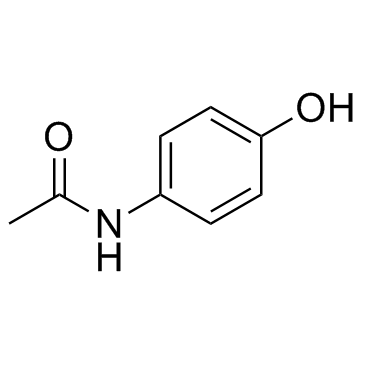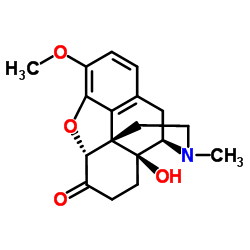| Structure | Name/CAS No. | Articles |
|---|---|---|
 |
4-Acetamidophenol
CAS:103-90-2 |
|
 |
oxycodone
CAS:76-42-6 |
|
 |
Hydrocodone
CAS:125-29-1 |
|
 |
codeine monohydrate)
CAS:6059-47-8 |
|
 |
oxycodone hydrochloride
CAS:124-90-3 |
|
 |
(-)-codeine
CAS:76-57-3 |